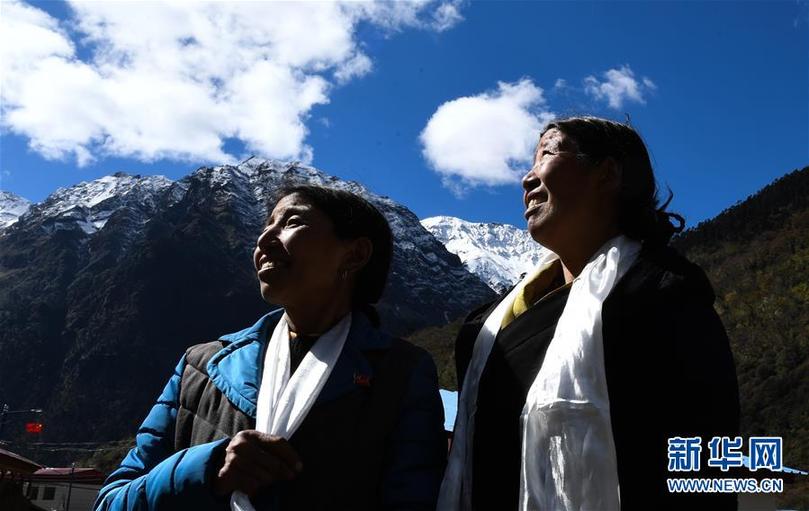Street culture in Lhasa
Location: Barkhor Street Name: Tashi Occupation: amateur graffiti artist
Combining Tibetan culture and graffiti together
Tashi, who combines Tibetan culture into his graffiti, says, "Combining Tibetan culture into graffiti art can help more people understand Tibetan culture, be knowledgeable about Tibetan culture, and appreciate Tibetan culture."
Name: Tsering Norbu Occupation: dreadlocks designer
Dreadlocks are called re-ba in Tibetan
Dreadlocks is a hairstyle that originates from Africa, where people tie up their hair in tight braids in order to prevent insects from staying in their hair. It also helps people keep cool in summer. But in modern times, the culture of dreadlocks has spread outwards.
One year after graduation, Tsering Norbu opened the first dreadlocks studio in Lhasa, capital city of southwest China's Tibet. Because similar braids are called re-ba in Tibetan, there is no cultural difference or public bias against the dreadlock braids, particularly in nomadic areas. With the name Re-ba, he opened his business.
Tsering Norbu said, "Now there are more and more people braiding dreadlocks, which show that people's mindsets are constantly open. My ideal is not that deadlocks become popularized, but I hope that everyone can understand this particular culture and be accepting of it."
Your Comment
Name E-mailRelated News
-
;
-
-

-
Tibetan herders receive President Xi's reply
Zhoigar and Yangzom wrote a letter to Xi while the 19th National Congress was in session in Beijing. They told Xi their experiences in safeguarding the border area and the development of their township over the years.
-
-
-

-
Xi encourages Tibetan herders to safeguard territory
Chinese President Xi Jinping has encouraged a herding family in southwest China's Tibet, to set down roots in the border area, safeguard the Chinese territory and develop their hometown.
-
-
-

-
Tibet Museum to expand
Building work started to expand Tibet Museum in Lhasa, capital of southwest China's Tibet Autonomous Region.
-
Based in Lhasa, Tibet Vista is a Tibet travel agency that specialized in Tibet permit, and Tibet tours for both private and group travelers at a local price!
•4 Days Lhasa City Group Tour from USD 460 •8 Days Everest Base Camp Group Tour from USD 850 •15 Days Mt.Kailash Group Tour from USD 1780 •2016 Tibet Train Tours from Beijing, Shanghai, Chengdu, Xining,etc










